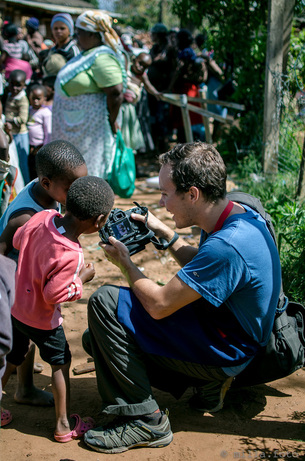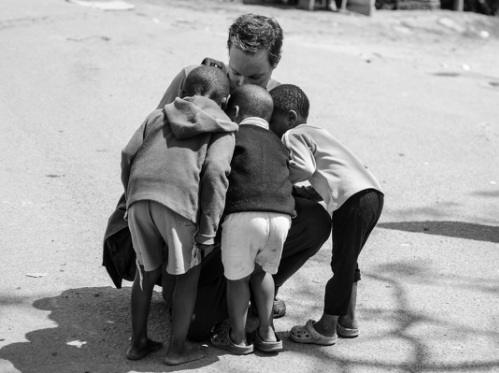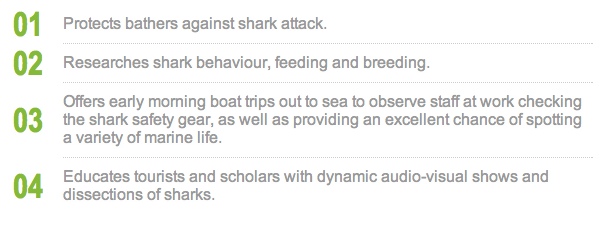These are the photographs of the housing photos from Cato Manor, in Durban, South Africa. There is a post with more photos of the people in this neighborhood, whose name literally means "poor." Some of these photos were taken to be used in an effort to modify the design of the houses being built. While the project is being funded and slowly completed, the poor housing design is inefficiently using money and fails to provide basic water and sanitation needs for a large community. While new houses look nice and may be impressive at first glance to a village in complete poverty, the poor design and deficiencies inherent in the project will lead to even more problems over time. Sadly, these issues will probably not be addressed before its completion, if it ever reaches completion.
0 Comments
Here are some morning photos from the rocks at the beach near Uhmlanga, in Durba, South Africa. This was a short walk from one of the places we stayed in Durban. While in South Africa we had an opportunity to do some volunteer work and also get some photos with the Salvation Army thanks to our new friend Arlene, who we met in Durban. Cato translates to Zulu as "poor," which it is without any doubt. Cato Manor was originally built for the massive Indian servant population in Durban (and South Africa in general), but there was a nasty conflict in the 80's and the Indians were pushed out. There is government money being spent on housing projects in places like Cato Manor (called townships), but unfortunately the designs are poor and the timetable much delayed. I also took some photos of some of the houses in construction and I'll post those later to show what I mean. Despite the extreme poverty and high percentage of AIDS cases, the people welcomed food and the children enjoyed seeing their photos, many of them for the first time. Extremely rich and extremely poor South Africans live in very close proximity to each other, with affluent living on just the next rise past Cato Manor. Furthermore, due to the recent collapse of Apartheid and more recently the changes made by the current President, racial prejudice is strong. Hopefully as time separates South Africa's current residents from the mistakes of the past they can coexist as equals. I also hope much more money is spent on programs such as this to give these children an opportunity to get out of Cato Manor and take advantage of all the great things South Africa has to offer.  Here are a couple pictures of me, and what I've been up to. These are pictures taken by Lauren up at Cato Manor in Durban. I don't photography myself much, usually due to the length of my arms and being scared of my own reflection. This is during a Salvation Army soup delivery to this community and some shooting to effect change in a current project constructing houses in this village. More on that later, and more photos, though you can read more about it on Lauren's blog. Special thanks to Arlene for helping us out with this and everything in Durban!
 According to itself, Durban is "The Warmest Place to Be." It was easy to believe that leaving the house at 5 am this morning, when it seemed the midday heat was already settled on the town. It was altogether different upon arrival to Durban about two weeks ago. The first destination was, 1. to Johannesburg, and 2. skipped. About two weeks in South Africa and according to the travel guides Jo'burg, as they say it's called, is a big city but not the one to see, especially in such a brief visit to this diverse country. So tickets were quickly bought and a little bit of line cutting got us on board our third flight of the day from Jo'burg to Durban. This cheap plane ticket saved not only nine hours on a bus, but a potential super late arrival to an unfamiliar place. Most impressive of this whole day's travel was leaving hot, arid Egypt to arrive and end up on a few kilometer walk in the cool air and sometimes pouring rain to meet our first friend of many in Durban. That rain was welcomed whole-heartedly, as was the very Hawaii-like climate and landscape. Just a second ago I referred to Durban as a town, which in the section where we stayed some of our time felt true, however the city's population of approximately 3.5 million says otherwise. Either way, Durban is on the beach, and an impressive ocean it is. At first glance, which the landscape seems to always give you at an elevated view, the waves are endless. Waves upon waves, irregular, powerful, perpetual. You see some swimmers, see some surfers, then learn that Great White sharks are found in these waters...daily. Later I learned that a great deal of shark attacks happen in water that is about, say, knee deep. That bring us to the KwaZulu-Natal (KZN) Shark Board. From their website, this is their mission: Splendid. So how, you ask, do you protect bathers against shark attacks? It's relatively simple, they catch them. Most of the sharks caught are released, and the ones that aren't so lucky are studied for scientific research. The sharks are caught via a system of nets placed offshore, between the coast and open ocean, as well as series of baited hooks. But it's not a continuos barrier, in fact the nets are 20 meters apart and there is even significant room above the nets for sharks and things to swim to the shore. What's more, most of the sharks caught in the nets are caught returning to sea. Despite all this, the nets are so effective that there has not been a shark related death since they were installed many years ago. In fact only two serious attacks have occurred in protected waters in the last 30 years, so an incredibly successful program. Still, it's pretty strange to stand there and know that man eating sharks are so prevalent in these waters. The Sharks Board also offers shark dissections, a program that is a great educational and awareness tool, and let's be honest it's really cool too. Here are some photos from a dissection of a black tipped reef shark: |


 RSS Feed
RSS Feed